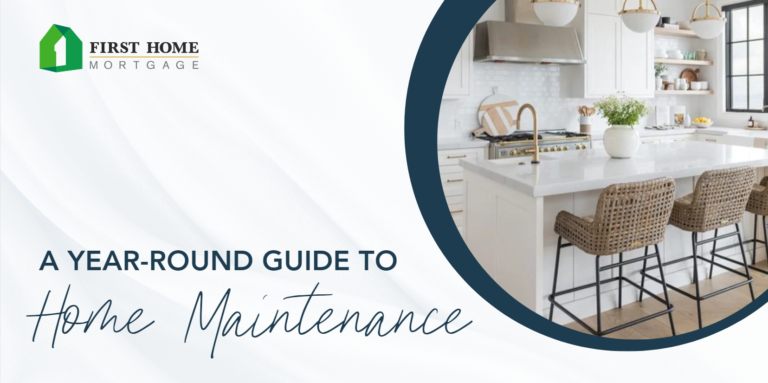
When buying a home, most of us know to expect costs associated with homeownership such as closing fees and utility payments, but what about property taxes? Property taxes are an unavoidable aspect of owning a home. Read on to learn more about property taxes and how it’s decided how much you have to pay.
What Are Property Taxes?
Property owners will have to pay property taxes. Like other taxes, they are used by the government to cover the costs of infrastructure and services in a community. Property taxes are placed on the value of your home, land, or business property. They are sometimes referred to as an ad valorem tax, which is a tax type where how much you pay is based on something’s value—in this case, the value of your real estate. Property taxes are only collected by local governments such as cities, counties, and states; the federal government does not levy any property taxes. The rate widely varies from place to place.
How Are Property Taxes Determined?
Basically, the formula for figuring out how much you will have to pay is Property Tax x Assessed Value of a Property = Property Tax Owed. The first step in determining how much you owe in property taxes is establishing the value of your property including both the land you own and any buildings on it. This is called the assessed value. Assessors hired by your local tax authority are tasked with establishing your property’s worth when it comes to taxing. Your property’s assessed value is not necessarily the same as your home’s market or actual value. Some jurisdictions use an assessment ratio for tax assessments which is when only a fraction of your home’s actual value is ultimately taxed. For example, if your home is found to have a value of $350,000 and your city, county, or state uses an assessment ratio of 60%, your home’s assessed value would be $210,000 ($350,000 x 60%). Therefore, you would apply the tax rate to $210,000 instead of $350,000. How often your property is assessed depends on where you live. In one place, it might be yearly, while somewhere else, it may be every 3 years.
Once your assessed value has been decided, it’s time to apply the tax rate – often expressed as millage or mill rates. One mill is equivalent to one-tenth of one cent; in other words, one mill is $1 in taxes for every $1,000 of home value. For example, let’s say your local jurisdiction has a millage rate of 10. You would divide that by 1,000 which equals $0.01. That means you pay $0.01 for every $1,000 of property value. So if your assessed value is $210,000, you would multiply that by $0.01 to get a total property tax payment of $2,100.
Are you thinking about buying a home? Consult one of our experienced Loan Officers today to explore your home loan options!


